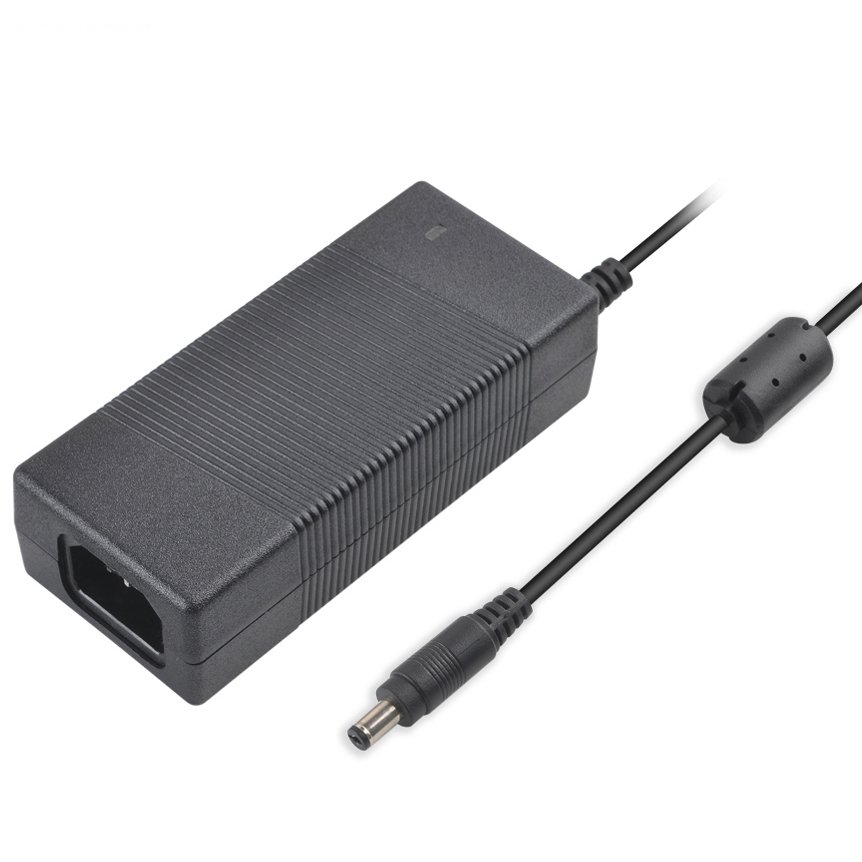Blog
Linear Power Supply vs. Switching Power Supply: Advantages and Disadvantages
Views : 1132
Update time : 2023-05-31 09:51:39
Linear and switching power supplies are two of the most commonly used types of power supplies, but which one is right for your application? Understanding the advantages and disadvantages of each type of power supply can help you make the right choice.
Linear power supplies convert the incoming AC power into lower-voltage DC power, while switching power supplies use an oscillator to regulate electrical current. They are both designed to provide a clean and consistent voltage source for different types of electronic devices.
Linear power supplies have some advantages over switching power supplies, including greater operational stability and higher current ratings, resulting in a lower total power dissipation. This makes them highly desirable for electronics operating in adverse environments, and due to their low-noise operation, they are suitable for sensitive audio applications.

However, linear power supplies also have some drawbacks. Their large size can be a disadvantage since they occupy a lot of space and generate a lot of heat. They are also typically more expensive than switching power supplies, and require a significant amount of regular maintenance to operate.
Switching power supplies, on the other hand, are more compact, reliable, and energy-efficient than their linear counterparts. They are often smaller, lighter, and consume less power, making them popular for powering portable electronic devices. Additionally, they are usually less expensive and require less maintenance than linear power supplies.
However, switching power supplies may not be the right choice for certain applications. Their switching nature may cause excessive noise, which can be a hindrance for sensitive applications, and they may require filtering to suppress any possible spikes. Also, their voltage regulation can be less reliable, resulting in unstable output voltages.
When selecting a power supply for a specific application, there is no one-size-fits-all solution. The type of power supply you choose will depend on your requirements, but understanding the advantages and disadvantages of each type can help you make the best decision.
Linear power supplies convert the incoming AC power into lower-voltage DC power, while switching power supplies use an oscillator to regulate electrical current. They are both designed to provide a clean and consistent voltage source for different types of electronic devices.
Linear power supplies have some advantages over switching power supplies, including greater operational stability and higher current ratings, resulting in a lower total power dissipation. This makes them highly desirable for electronics operating in adverse environments, and due to their low-noise operation, they are suitable for sensitive audio applications.

However, linear power supplies also have some drawbacks. Their large size can be a disadvantage since they occupy a lot of space and generate a lot of heat. They are also typically more expensive than switching power supplies, and require a significant amount of regular maintenance to operate.
Switching power supplies, on the other hand, are more compact, reliable, and energy-efficient than their linear counterparts. They are often smaller, lighter, and consume less power, making them popular for powering portable electronic devices. Additionally, they are usually less expensive and require less maintenance than linear power supplies.
However, switching power supplies may not be the right choice for certain applications. Their switching nature may cause excessive noise, which can be a hindrance for sensitive applications, and they may require filtering to suppress any possible spikes. Also, their voltage regulation can be less reliable, resulting in unstable output voltages.
When selecting a power supply for a specific application, there is no one-size-fits-all solution. The type of power supply you choose will depend on your requirements, but understanding the advantages and disadvantages of each type can help you make the best decision.


